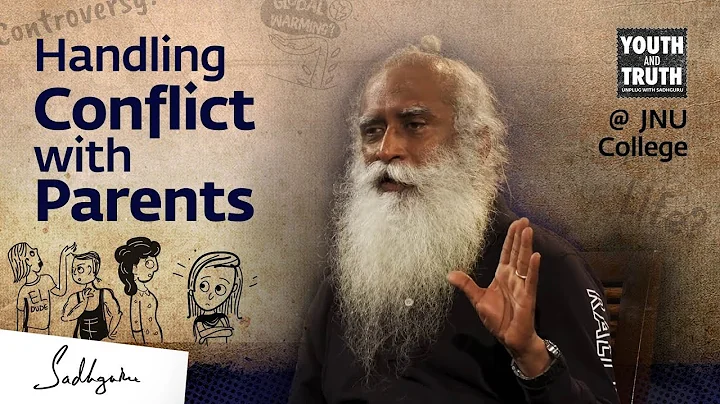
"
Now is the spring season, which is also the season of high incidence of allergic rhinitis in children. With the process of industrialization and changes in social life style, the incidence of allergic rhinitis in children is increasing. About 10%-30% of children are suffering from allergic rhinitis. , Recently, allergic rhinitis in children has frequently occurred. Although the medication is very simple, parents complain that they can't even control the symptoms of their children? Today, Dr. Ke shares with parents the knowledge about allergic rhinitis in children, hoping to help everyone.
—— Dr. Ke
"
What is allergic rhinitis?
Allergic rhinitis is a non-infectious disease of the upper respiratory tract and a respiratory allergic disease.
The mechanism by which it occurs After nasal exposure to allergens, susceptible individuals respond by producing allergen-specific immunoglobulins.
These specific IgEs come into contact with the same allergen again, which stimulates the participation of various inflammatory cells in the nasal cavity, especially mast cells. Clinical symptoms.

What are the symptoms of allergic rhinitis?
Why rhinitis symptoms are common symptoms of nasal congestion/runny nose/sneezing? The key lies in the release of inflammatory mediators during the mechanism of allergic rhinitis. There are three main types of
:
1, histamine: histamine causes mucus secretion, vasodilation causes nasal congestion, increased vascular permeability causes tissue edema, and sneezing by stimulating sensory nerve fibers.
2, leukotrienes: seem to be more effective than histamine in causing nasal congestion.
3. Tissue eosinophilia is a hallmark of allergic rhinitis, and these are associated with nasal epithelial damage and desquamation, subepithelial fibrosis and hyperresponsiveness.
symptoms are very simple but related to the release of inflammatory mediators.

Classification of allergic rhinitis in children?
1, intermittent allergic rhinitis:
children with rhinitis symptoms less than four days a week or less than four weeks
2, persistent allergic rhinitis
children with allergic rhinitis symptoms more than four days a week and more than four weeks Degree of rhinitis:
did not affect the child's sleep disorders, daily activities, life, and learning problems.
4, moderate to severe rhinitis
affects children's sleep disorders, daily activities, life, and learning problems. This type should be actively watched and treated.

What are the drugs for allergic rhinitis?
For children with allergic rhinitis, the recommended drugs from uptodate are as follows:
Recommended first-line treatment drugs include nasal spray hormones, which are the most effective maintenance drugs. However, it is strongly recommended to use normal saline before use, and then use after blowing out the nose or washing out the nose, which can improve the efficacy of the drug.
Oral second-generation antihistamines, such as cetirizine, levocetirizine, loratadine, fexofenadine, or antihistamine nasal sprays, such as azelastine, olostat Certainly.
Leukotriene receptor antagonists: starting from 2020, other drugs are recommended for allergic rhinitis or mild asthma, rather than montelukast sodium. Adverse effects timely discontinuation.
Second-line treatment recommendations: oral corticosteroids, anticholinergics, decongestants, and nasal cromoglycate. But children are often not recommended second-line drugs.
According to the guidelines, these medicines are very simple, but why does the treatment so repeatedly or fail?

Why does the treatment of symptoms fail repeatedly?
Why do many children have repeated symptoms after treatment?
1. Most parents are afraid of nasal spray hormones and talk about hormone discoloration. This is the first-line recommended drug that many parents are unwilling to use. This is a common cause of treatment failure.
2. Even if nasal sprays are used, most of them have a short course of treatment or are used irregularly. They are used with symptoms and discontinued without symptoms. The course of treatment is very short, causing the disease to recur within a short time.
3. Allergic rhinitis combined with sinusitis is treated as simple allergic rhinitis without antibiotic treatment. Even if the symptoms of rhinitis are controlled, the purulent discharge from the nose continues.
4, combined with congenital malformation of the nasal passages or secondary severe adenoid hypertrophy, resulting in repeated symptoms of allergic rhinitis that are difficult to control.
5, the persistent presence of allergens in the living or living environment leads to repeated attacks of allergic rhinitis, which is also the reason for the recurrent symptoms of allergic rhinitis.
In short, this season, there are quite a few allergic rhinitis in children, and the prevalence rate is increasing year by year. Standardizing sufficient and sufficient medication is the key to reducing recurrence. Detection and avoidance of allergens cannot be ignored. It is strongly recommended to detect allergens, which helps to avoid Allergens, reduce recurrence.
Please refer to the situation mentioned above to see why the treatment failed? Message me about child health issues.


If you think this article is helpful to you,
can share it with your family and friends,
Your support is our driving force!

Dr. Ke comes from the clinical front-line pediatric chief physician, a father of two children, and a member of the Health Work Committee of the Chinese Medical Doctor Association. He has extensive clinical experience and pursues evidence-based evidence.
intends to share reliable parenting and disease prevention knowledge with everyone, hoping to help everyone, and forward it to share with friends around you, so that the baby will not be anxious when sick, and parenting will not be confused.
More pediatric science content can be learned in the group:
The picture material comes from the Internet. If there is any infringement, please contact the background to delete it.
Doctor Ke Pediatric Science












